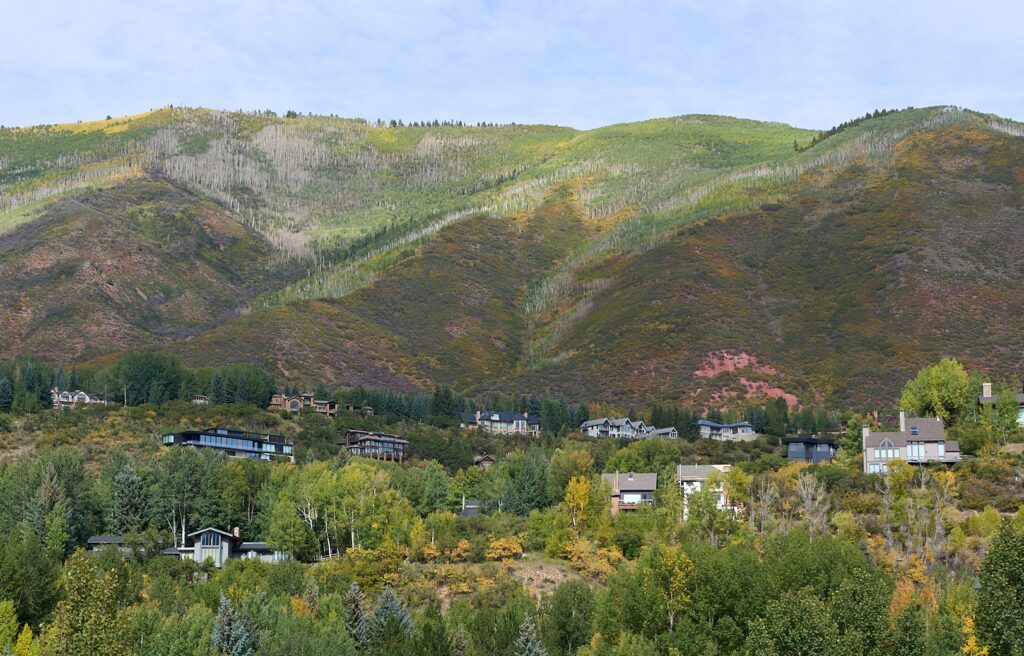Roaring Fork Valley Phenology | April 13, 2020
ACES Staff
April 13, 2020

With more time than ever to observe the changing seasons, ACES Roaring Fork Phenology posts are back!
Early April is typically a time when the snow retreats on flat and south facing exposures in the Aspen area and life springs forth.
Mountain Gooseberry (Ribes inerme) is the first shrub to leaf out at Hallam Lake. When the snow disappears, gooseberry buds near the ground take advantage of a warm microclimate and are the first to open, often before April 1. Chokecherry (Prunus virginiana) typically achieves budburst around Hallam Lake and the Rio Grande Trail in Aspen around April 3-10.
Serviceberry (Amelanchier alnifolia) budburst is occurring this week. The green wave has begun! In less than a month the bright greens of new cottonwood and aspen leaves will dominate Aspen.
The First Flowers in Aspen
The first flowers in the Aspen area are typically the male (staminoid) catkins on aspen trees. Other first flowers can be found here.
Since the end of March, many birds and mammals have made their first appearances of 2020. Fox Sparrow, Flicker, Osprey. Next week Ruby-crowned Kinglets will sweeten the air with their song. Geese are sitting on nests. Bears are rambling around jump-starting their digestive systems with nutritious emerging soft grasses and forbs.
Start your own Phenology Journal!
Many folks have more time around their home right now. It is a great time to get your own phenology log, journal, calendar, or wheel started. It feels good to know home that much better and to belong that much more. ACES Education team recently created a step-by-step guide to creating your own phenology journal, as well as your own phenology wheel. Click here to learn more!

Ranunculus glaberrimus aka sagebrush buttercup. On Sunnyside trail early April.

Ribes inerme Mountain Gooseberry. Contrary to the name inerme, which means unarmed, defenseless. toothless, without a sting, these gooseberries have stout thorns at most nodes that can surprise an August berry picker.

Mertensia fusiformis aka spindle-root or dwarf bluebells. On Sunnyside trail early April.

Amelanchier alnifolia Serviceberry. A major wildlife food source in the Roaring Fork Valley.
~ Jim Kravitz, Director of Naturalist Programs
Related Content

RFV Phenology: Green is out, yellow is in! Or is it?
Learn More
ACES // City of Aspen Open Space Birding: Marolt Open Space 9/5/2024
Learn More